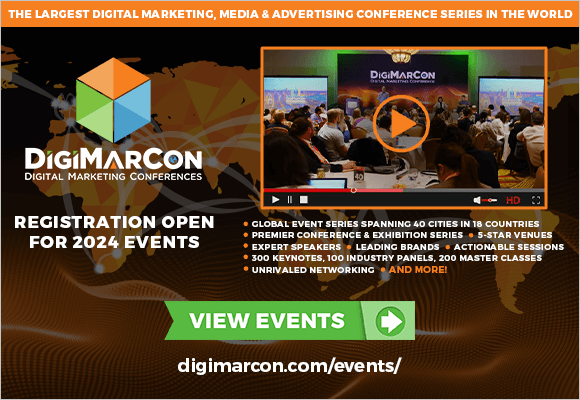New Product Development Process: Everything You Need to Know
By Lauren Dean
If you need a refresher — or a first-time lesson — on the new product development process, you’ve come to the right place.
In trying to understand for myself how to generate a new idea and bring it to market, I found so much vague advice scattered around that I decided to reach out to product development pros to round up their tips for success.
And with a cache of information in hand, the path to propelling a product from idea to launch got much clearer.
The first major lesson I learned from the pros is that whether you’re a small business owner developing your first idea or a successful company itching to open a new market, new product development is a long and winding road.
And that’s exactly why you need a strategic process with step-by-step guidance — like the one I’m about to describe — to move the vision from your mind into the real world, where it can be picked up and purchased by the right people.
In this guide, I’ll walk you through the steps, how to implement them, and what mistakes to sidestep. Plus, I’ll dive into some real-world examples of new product development and the take-home lessons I learned from studying their successes and failures.
Table of Contents
- What is product development?
- When do you need an NPD process?
- Who should be involved in the new product development process?
- What is the new product development process?
- Examples of New Product Development
- From Brainstorming To Reality
What is product development?
Before we get too deep into this, let’s define “product development.”
The easiest way to think of it is like a lifecycle. It’s the journey of creating a product, from its conception to its release into the market, and even beyond, as you measure its success.
New product development (NPD), then, is the journey of an entirely new concept onto the market. This is different from improving an existing product or building a product on an idea that’s already proven successful.
In either case, the goal of product development is finding solutions to meet customer needs.
When do you need an NPD process?
Any time you’re developing a new product, you’ll need a stable and strategic process in place to organize your workflow and teams and, ultimately, to help ensure success.
This way, you can break down tasks into parts, make sure you don’t miss any key steps, and collaborate across teams so that all the expertise you have at your fingertips doesn’t go to waste.
And it doesn’t matter if the product you’re creating is a physical object or designed for ecommerce, as the process is largely the same.
It involves identifying a market need, building out a concept, designing a mockup, and launching a product — with lots and lots of research and iteration at every stage along the way.
This is why one of …read more
Source:: HubSpot Blog

![→ Download Now: Free Product Marketing Kit [Free Templates]](https://no-cache.hubspot.com/cta/default/53/08b5e1f4-5d26-405b-b986-29c99bd0cb14.png)
























